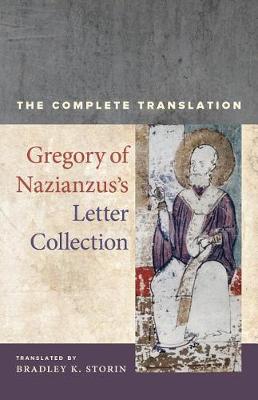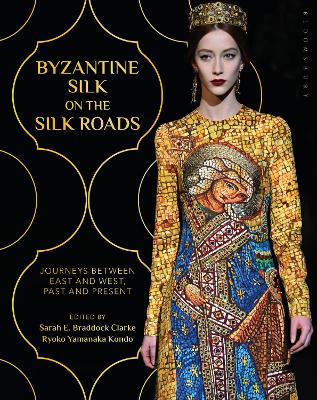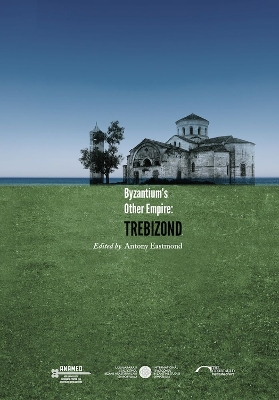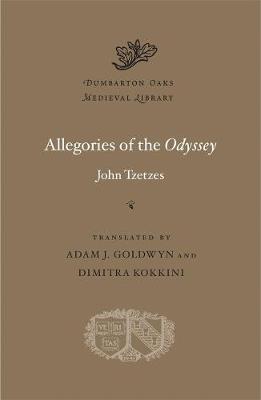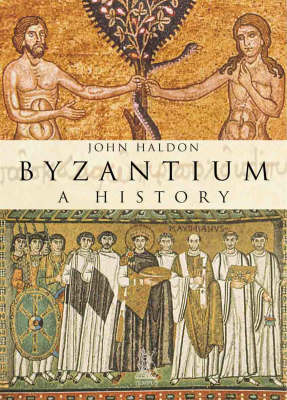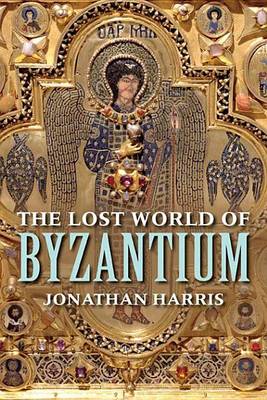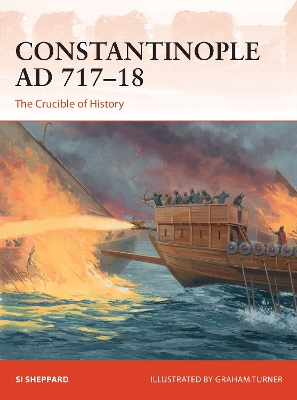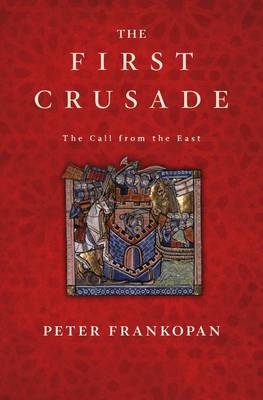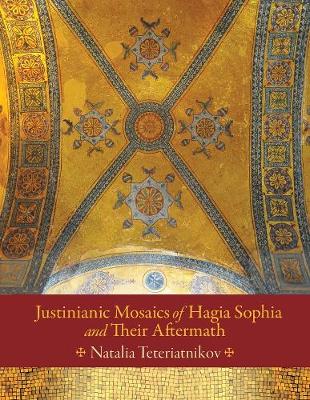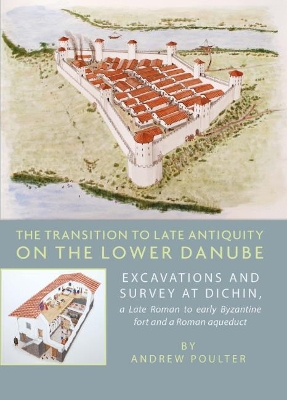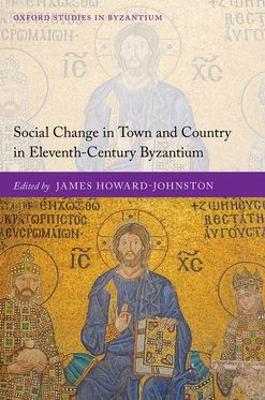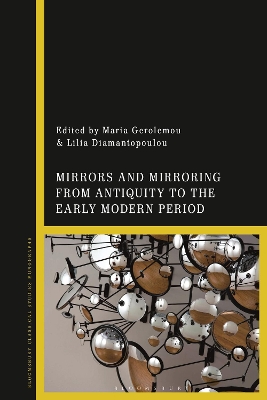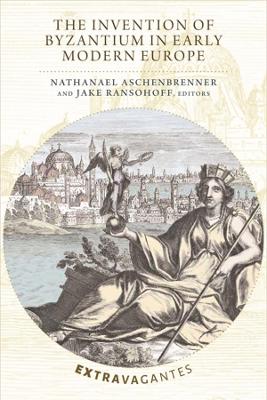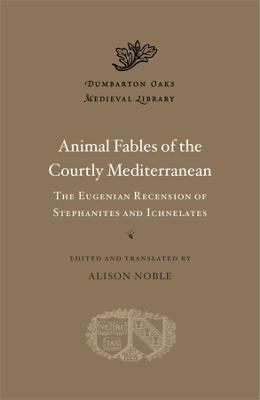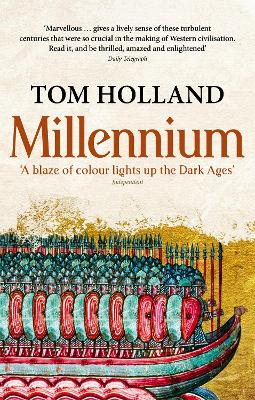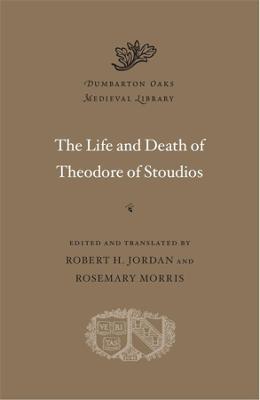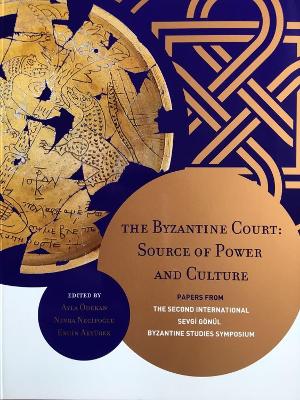Gregory of Nazianzus's Letter Collection (Christianity in Late Antiquity, #7)
by Gregory of Nazianzus and Bradley K Storin
Saint Gregory of Nazianzus, also known as Gregory the Theologian, lived an illustrious life as an orator, poet, priest, and bishop. Until his death, he wrote scores of letters to friends and colleagues, clergy members and philosophers, teachers of rhetoric and literature, and high-ranking officials at the provincial and imperial levels, many of which are preserved in his self-designed letter collection. Here, for the first time in English, Bradley K. Storin has translated the complete collection...
Istanbul, Europe's largest city, became an urban centre of exceptional size when it was chosen by Constantine the Great as a new Roman capital city. Named ‘Constantinople' after him, the city has been studied through its rich textual sources and surviving buildings, but its archaeology remains relatively little known compared to other great urban centres of the ancient and medieval worlds. Constantinople: Archaeology of a Byzantine Megapolis is a major archaeological assessment of a key period i...
Byzantine Silk on the Silk Roads
Three Dimensional Applications In GIS
Provides a survey of the approaches used and the problems encountered in the model of real geophysical data.
Trebizond, that "long-anticipated city of the Komnenians with its soft and melodious name" to quote Jakob Fallmerayer, has long lured scholars, attracted by its unique combination of Byzantine familiarity and Anatolian foreignness. From 1204 to 1461 the city was at the heart of an empire that proudly proclaimed its inheritance of Byzantine power, but simultaneously stood apart from it; a "Greek Emirate" surrounded by Turkish and Caucasian states. Focusing on the church of Hagia Sophia in Trebi...
Allegories of the Odyssey (Dumbarton Oaks Medieval Library)
by John Tzetzes
Homer's Iliad and Odyssey were central to the educational system of Byzantium, yet the religion and culture of the Homeric epics-even the ancient Greek language itself-had become almost unrecognizable to Byzantine Greek readers coming to the texts nearly two millennia later. The scholar, poet, and teacher John Tzetzes (ca. 1110-1180) joined the extensive tradition of interpreting Homer by producing his Allegories of the Iliad, dedicated to the foreign-born empress Eirene. Tzetzes later composed...
John Haldon's beautifully illustrated book tracks the checkered history of an oriental enigma, a 'lost empire' which stood for a 1,000 years against the might of Islam. He retells the story of the cycle of conquest and re-conquest of its lands by Goths, Arabs, Slavs, and Crusaders, and finally its complete destruction by the Ottoman Turks in 1453.
A fresh, concise, and accessible history of one of the medieval world's greatest empires For more than a millennium, the Byzantine Empire presided over the juncture between East and West, as well as the transition from the classical to the modern world. Jonathan Harris, a leading scholar of Byzantium, eschews the usual run-through of emperors and battles and instead recounts the empire's extraordinary history by focusing each chronological chapter on an archetypal figure, family, place, or eve...
The siege of Constantinople in AD 717-18 was the supreme crisis of Western civilization. The Byzantine Empire had been reeling under the onslaught of Arabic imperialism since the death of the Prophet, whilst Jihadist armies had detached Syria, Palestine, Egypt, and Carthage from imperial control and were in the process of imposing their ascendancy at sea. The Empire had been reduced to its Anatolian and Balkan heartland, and Arab incursions threatened even this - Arab naval forces had appeared...
According to tradition, the First Crusade began at the instigation of Pope Urban II and culminated in July 1099, when thousands of western European knights liberated Jerusalem from the rising menace of Islam. But what if the First Crusade's real catalyst lay far to the east of Rome? In this groundbreaking book, countering nearly a millennium of scholarship, Peter Frankopan reveals the untold history of the First Crusade.Nearly all historians of the First Crusade focus on the papacy and its willi...
Justinianic Mosaics of Hagia Sophia and Their Aftermath (Dumbarton Oaks Studies (HUP))
by Natalia B. Teteriatnikov
Excavations on the site of this remarkable fort in northern Bulgaria (1996–2005) formed part of a long-term programme of excavation and intensive field survey, aimed at tracing the economic as well as physical changes which mark the transition from the Roman Empire to the Middle Ages, a programme which commenced with the excavation and full publication of the early Byzantine fortress/city of Nicopolis ad Istrum. The analysis of well-dated finds and their full publication provides a unique data-...
Social Change in Town and Country in Eleventh-Century Byzantium (Oxford Studies in Byzantium)
The history of Byzantium pivots around the eleventh century, during which it reached its apogee in terms of power, prestige, and territorial extension, only then to plunge into steep political decline following serious military defeats and extensive territorial losses. The political, economic, and intellectual history of the period is reasonably well understood, but not so what was happening in that crucial intermediary sphere, the social order, which both shaped and was shaped by contemporary i...
Bohemond of Taranto, Lord of Antioch, unofficial leader of the First Crusade, was a man of boundless ambition and inexhaustible energy - he was, in the words of Romuald of Salerno, 'always seeking the impossible'. While he failed in his quest to secure the Byzantine throne, he succeeded in founding the most enduring of all the crusader states. Yet few substantial accounts of the life of this remarkable warrior have been written and none have been published in English for over a century - and tha...
This volume examines mirrors and mirroring through a series of multidisciplinary essays, especially focusing on the intersection between technological and cultural dynamics of mirrors. The international scholars brought together here explore critical questions around the mirror as artefact and the phenomenon of mirroring. Beside the common visual registration of an action or inaction, in a two dimensional and reversed form, various types of mirrors often possess special abilities which can pr...
Tsar Peter (927-969), this book's protagonist, is all too frequently presented in modern scholarship as a weak ruler, devoid of any grander political aspirations, and focused on religious matters--pious, but neglecting the vital interests of his subjects. It was said that during his reign both his court and state became Byzantinized, that central authority was completely helpless in the face of Hungarian raids, and saw the spread of the Bogomilist heresy. According to the Tsar's critics, it was...
Animal Fables of the Courtly Mediterranean (Dumbarton Oaks Medieval Library)
Animal Fables of the Courtly Mediterranean is a treasure trove of stories and lessons on how to conduct oneself and succeed in life, sometimes through cleverness rather than virtue. They feature human and many animal protagonists, including the two jackals Stephanites and Ichnelates, after whom the book is named, as well as several lion kings. At the heart of this work are tales from the Sanskrit Panchatantra and Mahabharata, to which more were added, both in the original Middle Persian collecti...
Ghazar P'arpec'i's History of the Armenians
by Ghazar P'Arpec'i (Parpetsi)
Of all the civilisations existing in the year 1000, that of Western Europe seemed the unlikeliest candidate for future greatness. Compared to the glittering empires of Byzantium or Islam, the splintered kingdoms on the edge of the Atlantic appeared impoverished, fearful and backward. But the anarchy of these years proved to be, not the portents of the end of the world, as many Christians had dreaded, but rather the birthpangs of a radically new order.MILLENNIUM is a stunning panoramic account of...
In 476 AD the last of Rome's emperors was deposed by a barbarian general, the son of one of Attila the Hun's henchmen, and the imperial vestments were despatched to Constantinople. The curtain fell on the Roman Empire in Western Europe, its territories divided between successor kingdoms constructed around barbarian military manpower. But if the Roman Empire was dead, the dream of restoring it refused to die. In many parts of the old Empire, real Romans still lived, holding on to their lands, the...
The Life and Death of Theodore of Stoudios (Dumbarton Oaks Medieval Library)
Theodore (759-826), abbot of the influential Constantinopolitan monastery of Stoudios, is celebrated as a saint by the Orthodox Church for his stalwart defense of icon veneration. Three important texts promoting the monastery and the memory of its founder are collected in The Life and Death of Theodore of Stoudios.In the Life of Theodore, Michael the Monk describes a golden age at Stoudios, as well as Theodore's often antagonistic encounters with imperial rulers. The Encyclical Letter of Naukrat...
The designation of Istanbul by the European Union's Council of Ministers as the European Capital of Culture for 2010 was instrumental in the decision to focus on Constantinople in the Second International Sevgi Goenul Byzantine Studies Symposium, which was held on 21-23 June 2010 at the Istanbul Archaeological Museum. The particular theme of the symposium, "The Byzantine Court: Source of Power and Culture," was selected, on the other hand, in view of Constantinople's essential role as Byzantine...
